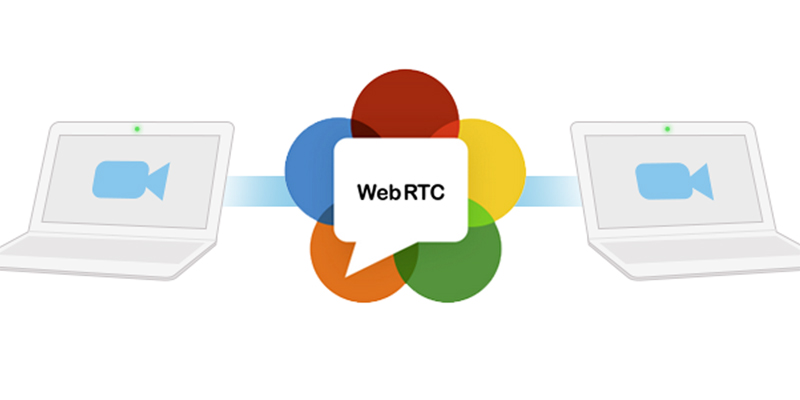
Web Real-time Communication (Web RTC) is a new technique. The web RTC intends to establish compatibility among various industry service providers for the adoption of worldwide norms developed by them. The internet norms and conventions needed for web RTC are developed, managed, and normalized by the Internet Engineering Task Force (IETF).
Web real-time communication or Web RTC is a method that offers constant communication capabilities to various browsers and phone applications with the help of basic APIs. It is an open-source application programming interface (API) which was developed by World Wide Web Consortium (W3C). The Web RTC innovation enables users with voice calling, video calling, and one-to-one sharing of documents between browsers without the need for any other outer plugin.
Web RTC provides users with enhanced video and audio call quality at a cheaper price with upgraded safety levels compared with other telecommunication systems. Web RTC has the ability to adapt itself as per the requirement of changing network conditions. It improves the productivity of the network by modifying as per transfer bandwidth availability and neglecting network congestion.
Web RTC is a rising technology and hence surrounded by various challenges such as safety issues with the use of public internet and information security.
A web application based on Web RTC (typically written as a combination of HTML and JavaScript) makes interaction with different web browsers with the help of standardized Web RTC API, permitting it to properly exploit and control the real-time browser function. The interaction of the browser with Web RTC web application also occurs with the help of both Web RTC and other standardized APIs, both in a proactive manner.
The design of the Web RTC API does pose a challenging issue. It anticipates that a constant, real-time flow of data is streamed across the network to permit direct communication between two browsers, with no additional intermediaries along the path. This clearly shows a comprehensive approach to web-based communication.
Web RTC API must be able to provide a wide range of functions, like management of connection (in a peer-to-peer fashion), capabilities of encoding/decoding negotiation, selection and control, media control, firewall, and NAT element traversal.
The common notion behind the Web RTC’s design has been to completely describe how to control the media plane while leaving the plane of signaling as far as possible to the layer of the application. The logic behind this is different applications may opt to utilize different standardized signaling protocols or also something custom.
The description of the session is the most important information that requires to be exchanged. It describes the transport (and Interactive Connectivity Establishment) information, media type, format, and all linked media configuration guidelines to set up the media path. Since the original idea to exchange the information related to session description in the form of Session Description Protocol (SDP) “blobs” represented numerous barriers, some of them turned out to be difficult to address.
Currently, the IETF is standardizing the JavaScript Session Establishment Protocol (JSEP). JSEP gives the interface required by an application. This helps in dealing with the negotiated local and descriptions of a remote session. This process is done together with a standardized manner of interaction with the ICE state machine.
The JSEP method assigns complete responsibility to the application for driving the signaling state machine: the application must have the ability to call the proper APIs at the right times, and convert the descriptions of the session and related information of ICE into the defined messages of its opted signaling protocol, rather than simply forwarding to the remote side of the messages that are emitted from the browser.
Covid-19 leads to the cancellation of the different corporate meetings, trade expos, international seminars, etc. As a result of which, many companies are opting for video conferencing for communication. This factor is likely to boost the growth of the web real-time communication market in the upcoming years. Additionally, web RTC does not depend upon the platform and device on which it is integrated, hence would attract global customers in a massive number.
The Web RTC empowered and enabled organizations to enhance their user interaction, initiatives related to promotion, and increase their sales. The continuous growth in user interacting industries such as retail, healthcare, and hospitability would also boost the development of the Web RTC market. Web RTC provides time-effective, readily available, and encrypted systems associated with business telephony. Web RTC is an open-source API, hence has the ability that can provide easy and simple access to the application engineers. This factor has lead to the tremendous adoption of web RTC in establishing communication solutions at a cheaper cost when compared with traditional systems. The Global Web Real-time Communication Market size is anticipated to rise at a market growth of 44.4% CAGR during the forecast period.